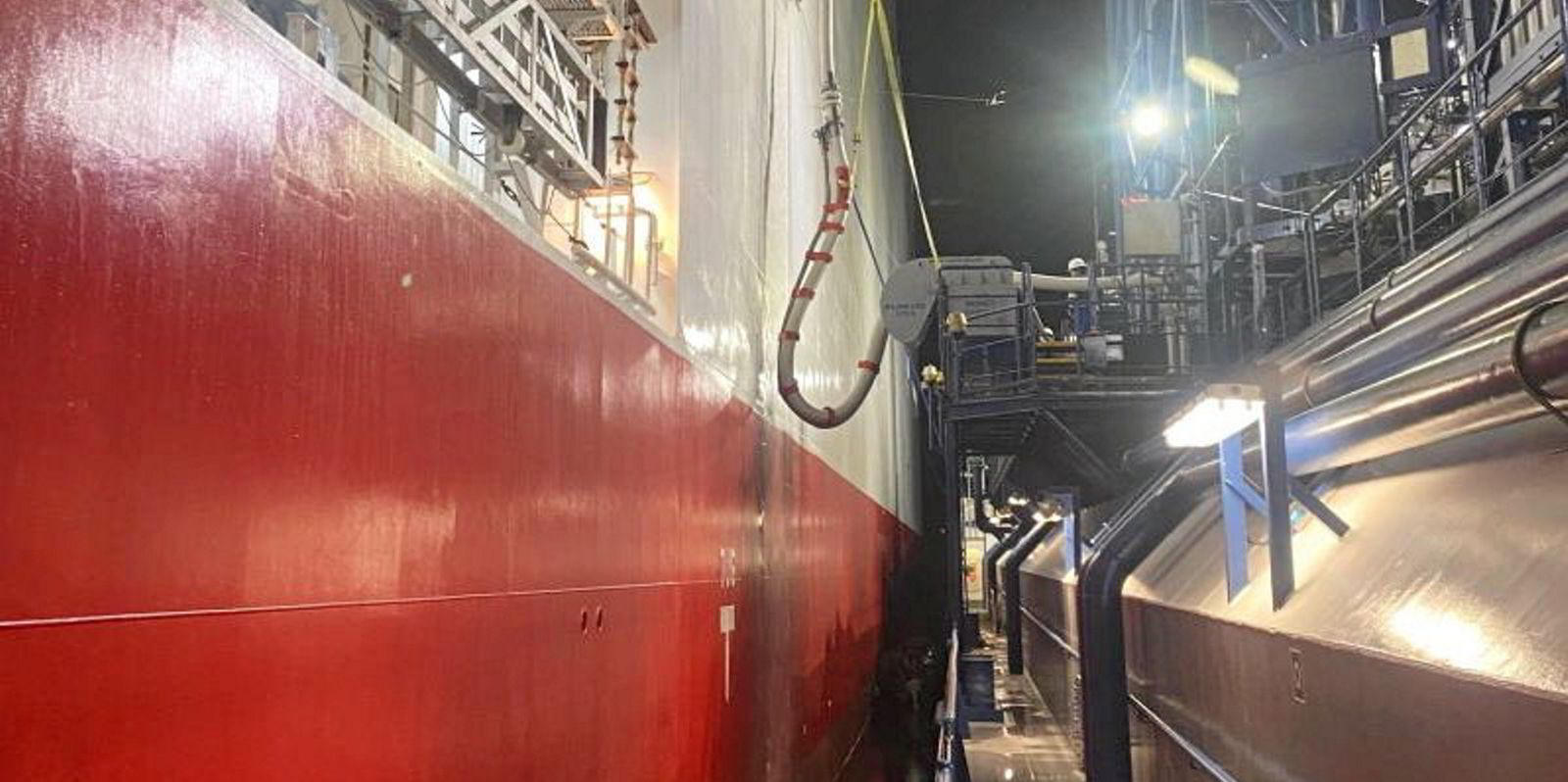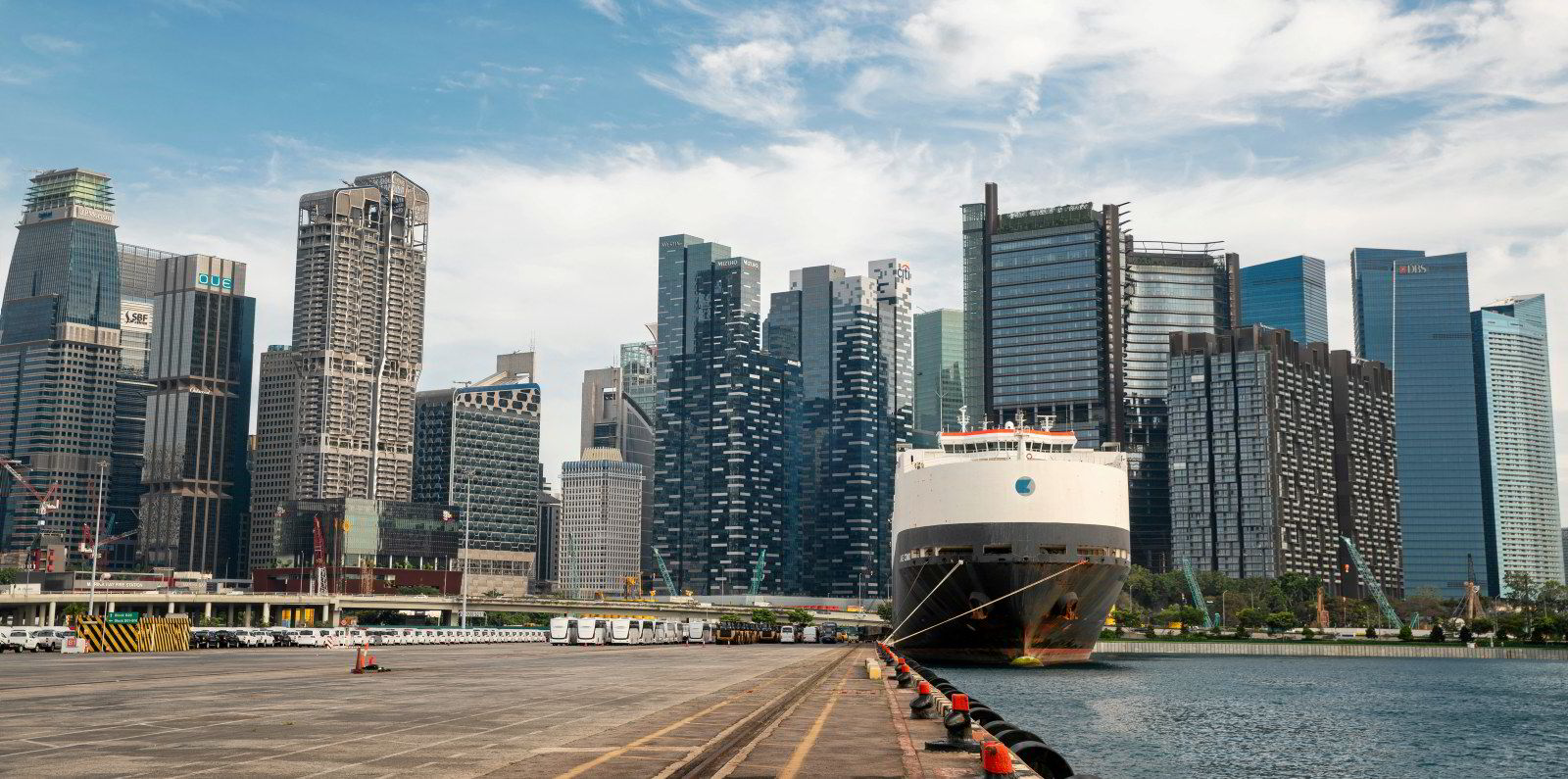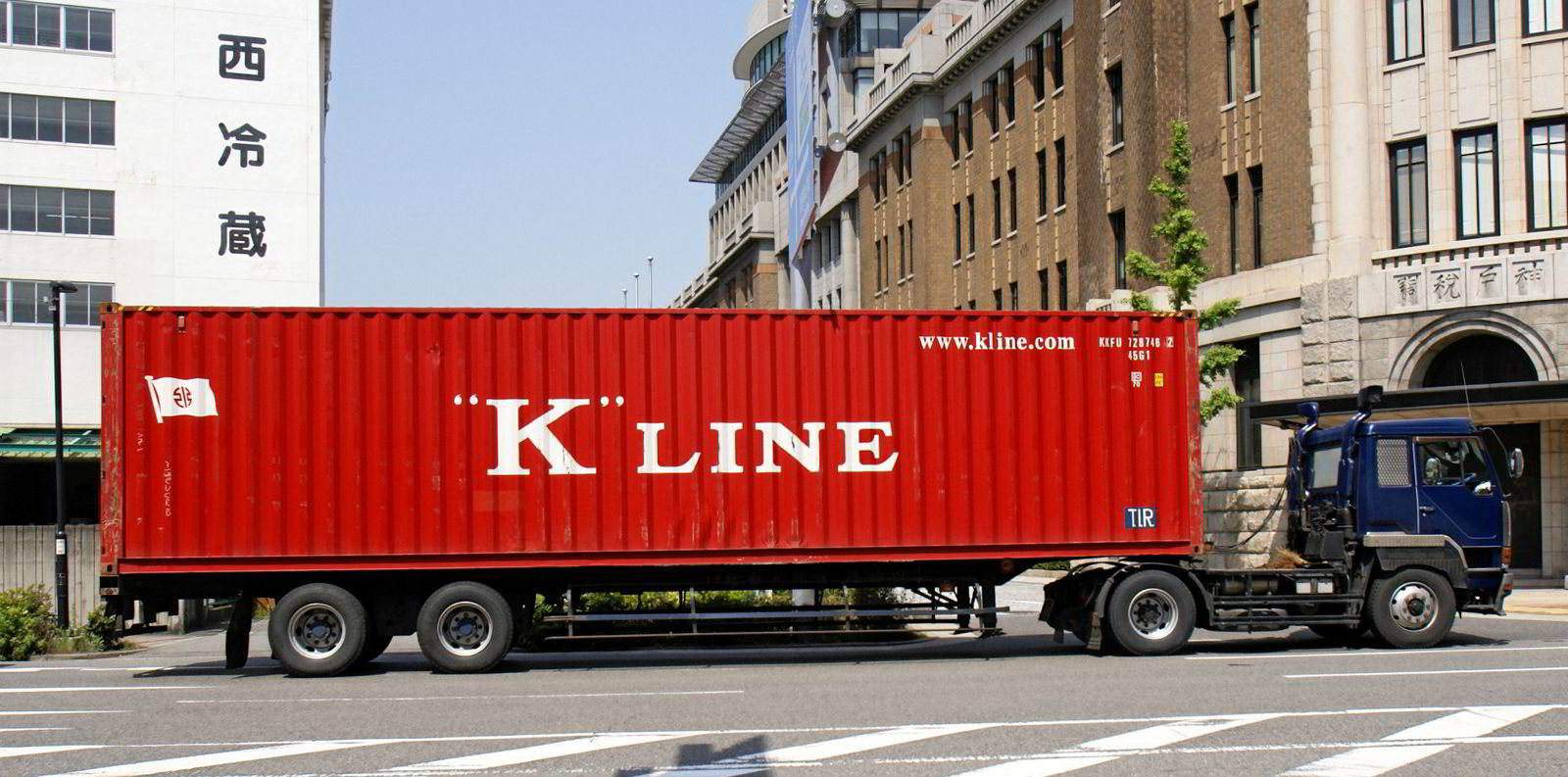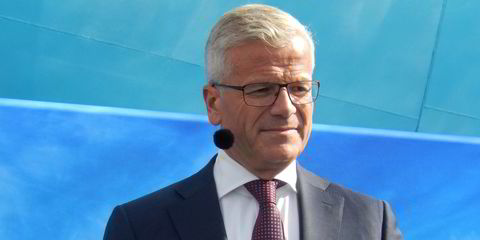Shipowners' investment in car carrier newbuildings has accelerated past $3.2bn this year after Eastern Pacific Shipping and Zodiac Maritime signed huge orders.
TradeWinds reported that Idan Ofer's Eastern Pacific has contracted 12 ships in China worth $1bn, while brother Eyal Ofer's Zodiac put pen to paper on a deal for 14 vessels worth $1.1bn, also in China.
Shipbroker Affinity (Shipping) said between 20 and 30 pure car/truck carrier newbuildings have been contracted in the past few weeks.
VesselsValue's head of ro-ros and vehicle carriers, Daniel Nash, called the 2021 total "an astonishing amount of money for a niche sector".
He calculated that this year's tally to date beats that of the previous six years combined.
"If we include options, a whopping $4.4bn has been agreed year to date," he said.
Japanese shipyards have raised prices to $100m for LNG dual-fuel vessels of 7,000 ceu, up by a "staggering" $10m compared with last year, he added.
Chinese yards have followed, but still maintain a healthy discount, quoting $88m for an equivalent specification.
"Rapid steel price inflation, combined with a post-Covid supply vacuum, have skyrocketed newbuild prices following a barren period of low orders stretching back to 2016," Nash said.
Forty vehicle carriers have been contracted this year, as well as 16 options.
The dual-fuel vessels will form a "premier" asset class for an electrified car market, Nash argued.
But price rises are not limited to new ships.
Secondhand values up as well
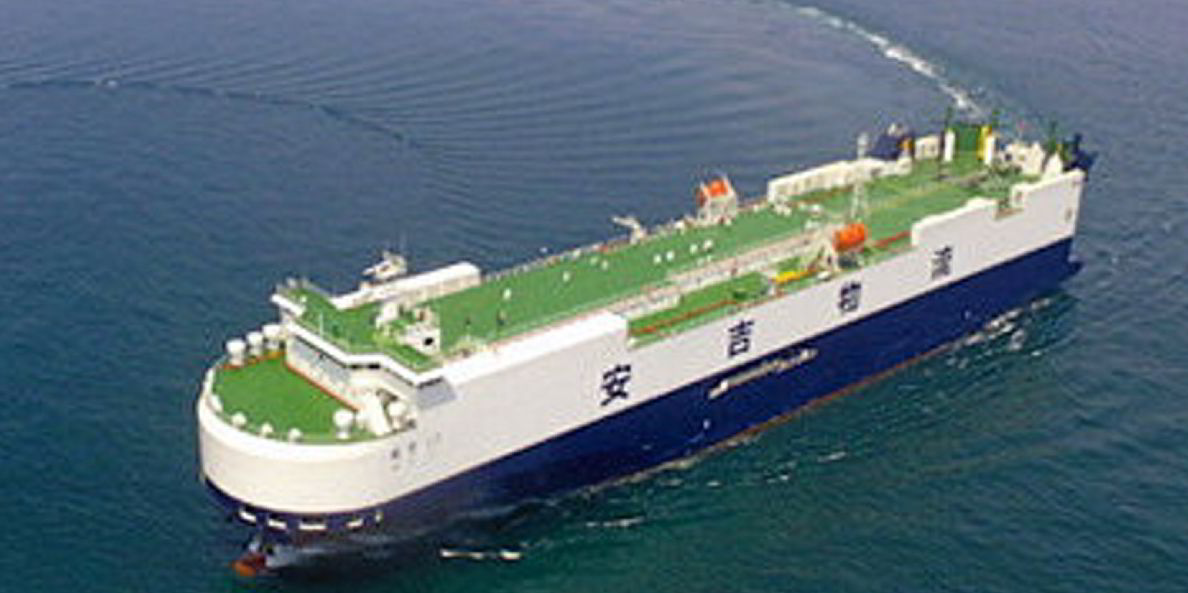
Secondhand sale prices exploded in the second quarter as operators battled to secure tonnage, VesselsValue data shows.
The 23-year-old, 6,400-ceu Asian King (built 1998) sold for an "eye-watering" $23m in June, Nash said.
He called this a "remarkable" price compared with the 6,400-ceu Perseus Liberty (built a year later), which went for $13.8m two months earlier.
"Such price inflation has inevitably led to talks of a supercycle buoyed by a hot charter market," he said.
Rates have firmed to $30,000 per day for midsize 5,000-ceu units and $35,000 per day for 6,500-ceu ships.
"It’s a seller’s market — buyers beware," warned Nash.
The number of sales has been "average", however, because owners are reluctant to let go of tonnage in a supply-starved market, expecting higher values, VesselsValue explained.
Some operators have chartered out their owned ships, enticed by lucrative earnings from a booming rate environment.
Nash believes current market conditions could last into 2024 based on an underlying lack of tonnage.
Looking back to 2010, a healthy number of deliveries hit the water — 8% of the fleet, excluding units of less than 1,000 ceu.
However, by 2013, deliveries had more than halved, stabilising at just above 20 vessels per year through to 2018, before declining into single figures from 2019 prior to Covid.
The current orderbook at 5% includes four deliveries in 2022, 10 in 2023 and 19 in 2024.
Paying a high price for spree
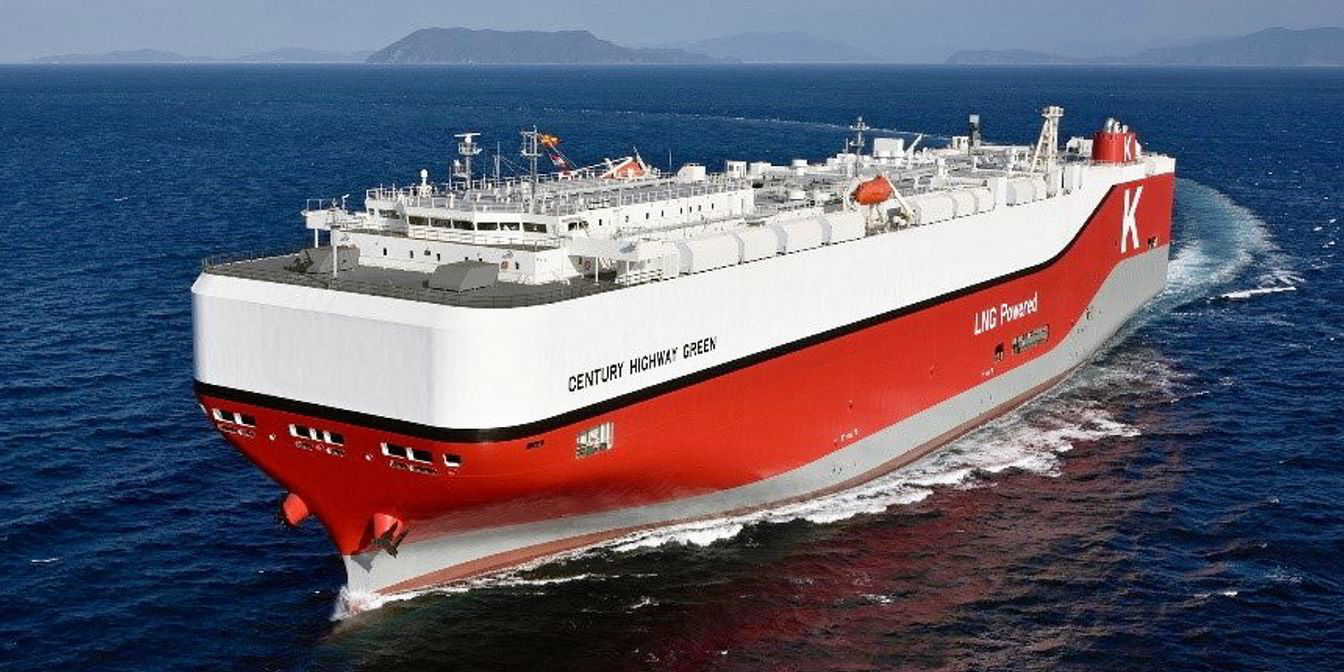
"Owners have reacted this year, with a respectable number going on a major shopping spree, but they are paying a high price for leaving it late," Nash added.
However, newer ships will be able to take advantage of the rise in demand for electric cars, which weigh 20% more than conventional vehicles.
Ships with low deck strengths will be disadvantaged, but demand will rise for modern ships.
Vessels trading to used car markets such as Africa are less exposed to this headwind.
"However, this is already an issue for ships operating on major east-west liner routes delivering finished new cars to European and North American markets, with long-term ramifications for fleet development," Nash added.
Cargo-miles will also receive a boost in the short to medium term, he believes, as more capacity is required to carry the same volume of seaborne cars around the world.
And supply chains will continue to be choked by the stop-start nature of the pandemic, restricted by slow terminal operations and vessel delays at congested ports.
Nash sees this as "the new normal", reducing liner frequency and therefore the overall supplied capacity available for ocean exporters.

